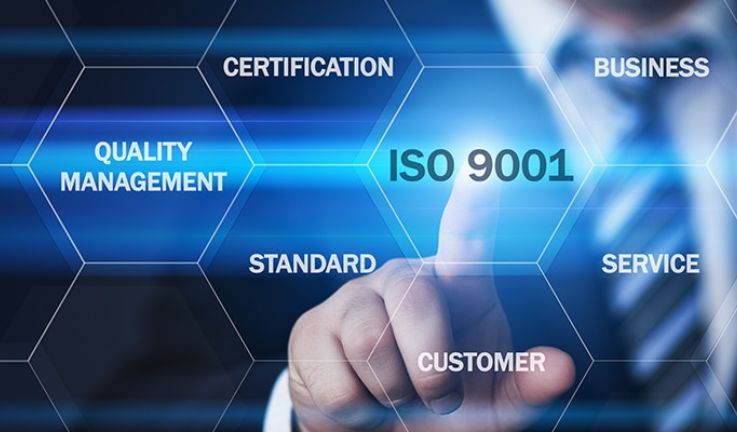ISO Certification Process
Achieving ISO Certification is a mark of excellence that demonstrates an organization’s commitment to quality, efficiency, and continual improvement. At RealCare Certification Pvt. Ltd., we follow a transparent and systematic process to ensure that organizations meet the requirements of international standards and gain recognition for their management system’s effectiveness.
Our ISO certification process is designed to be simple, professional, and client-focused — ensuring clarity and confidence at every step.
Step 1: Application and Information Collection
The process begins when your organization expresses interest in ISO certification. You will be asked to fill out an application form providing basic details such as your company’s name, location, scope of activities, number of employees, and the desired ISO standard (e.g., ISO 9001, ISO 14001, ISO 45001, etc.).
This information helps us determine the scope of certification, audit duration, and specific requirements for your organization.
Step 2: Quotation and Agreement
Based on the application review, we prepare a proposal and quotation that includes audit details, timelines, and certification fees. Once you agree to proceed, a certification agreement is signed between your organization and RealCare Certification Pvt. Ltd., officially initiating the certification process.
Step 3: Stage 1 Audit – Documentation Review
The Stage 1 Audit focuses on reviewing your management system documentation. Our auditors verify whether your organization’s policies, procedures, and manuals meet the requirements of the relevant ISO standard.
This stage helps identify any areas that need improvement before the full system audit. A detailed report is provided to guide you in addressing any gaps or observations.
Step 4: Stage 2 Audit – On-site Assessment
In this stage, our auditors visit your premises to evaluate how effectively your management system has been implemented. They assess operations, review records, and interview staff to ensure compliance with ISO requirements.
Any nonconformities found are discussed with your management team, and corrective actions are recommended. You are required to implement these actions within an agreed timeframe.
Step 5: Certification Decision
After successful completion of the audit and closure of nonconformities, the audit report is reviewed by our independent certification committee. If all requirements are met, your organization is granted the ISO Certificate, signifying conformity with international standards.
Step 6: Surveillance Audits
To maintain certification validity, surveillance audits are conducted annually. These audits ensure that your management system continues to operate effectively and complies with ISO requirements. Our auditors provide continual guidance to help your organization sustain improvements.
Step 7: Recertification
At the end of the three-year certification cycle, a recertification audit is conducted to renew your certification. This confirms your continued commitment to quality and continuous improvement.
Conclusion
At RealCare Certification Pvt. Ltd., we believe that ISO certification is not just about compliance — it’s about building a culture of excellence and trust. Our experienced auditors and certification experts ensure a smooth, transparent, and value-driven process that supports your organization’s long-term success and global recognition.






